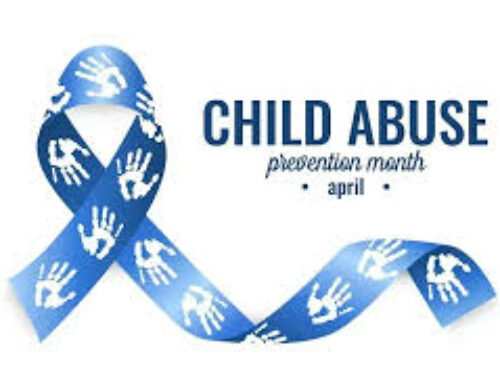Published in the Sept. 30 – Oct. 13, 2015 issue of Morgan Hill Life
By Dr. Jeanne Haggerty-Arcay
Research indicates that an estimated 80 percent of the American pet population is overweight. Most pets don’t become overweight without help from their human companions.
Too much food and not enough exercise is the leading cause.
As we become busier as a society, we have less time to spend playing with and exercising our pets. Our pets have become more sedentary and spend more time inside rather than outside burning off calories. In addition, many people feel guilty about the lack of time they have with their pet and try to make up for it with extra treats and by sharing their meals.
It is very common for people to leave a bowl of food out for their pet to snack on all day.
Most pets are not good self-regulators, especially those that are home alone during the day with no other stimulus but food.
Just as we don’t sit in front of the refrigerator all day, they don’t need to either. A measured quantity of food should be fed each day, preferably twice daily. That amount can be left out for them to graze on, but the bowl should never be filled.
The amount fed is determined by the pet’s ideal weight, not by their actual weight. It also needs to be adjusted according to their estimated daily exercise. Sedentary animals should be fed less than the recommended amount while very active/working animals may require extra food.
Every commercially prepared food will have a feeding guide on the can or bag. This is a very good reference, as each individual food has a different number of calories per cup. You cannot assume that just because you fed one cup of the old food that you should also be feeding one cup of a different food.
When is it time to switch to a diet or low calorie food? If your pet is overweight, you should be feeding a food that is “lite,” for “less active pets,” or “reduced calorie.”
Cats are different from dogs. Unlike the omnivorous dog, cats are carnivores. They often do better on a solely canned diet versus dry formulations. Many end up storing the extra carbohydrates in dry food as fat.
If your pet is already on a reduced calorie food, you are feeding the appropriate quantity and they are not losing any weight, then a prescription diet may be necessary.
Aside from the food in their bowl, treats and human foods contribute significantly to weight problems. People are very disillusioned as to how many calories human treats contain for their pet. Did you know that…
• One potato chip for a 10-pound cat is equivalent to a person eating half a hamburger and a chocolate bar?
• A cup of milk for a 10-pound cat is equivalent to a person eating four and a half hamburgers and five chocolate bars?
• One hot dog for a 20-pound dog is equivalent to a person eating three hamburgers and two chocolate bars?
• One ounce of cheddar cheese for a 20-pound dog is equivalent to a person eating two and a half hamburgers and one and a half chocolate bars?
That usually puts things into perspective (facts courtesy of Hill’s Pet Nutrition, Inc).
In addition to diet, regular exercise is essential to maintaining not only a healthy weight but a healthy body.
Overweight animals are more susceptible to diabetes, joint disease, arthritis, mobility issues and breathing issues to name a few. It is a serious and growing problem that we, as pet owners, have the ability to control.
Dr. Jeanne Haggerty-Arcay received her undergraduate degrees in biology, biochemistry and Spanish from the College of Notre Dame, Belmont. She graduated from U.C. Davis School of Veterinary Medicine. She enjoys spending time with her husband and three young children.







